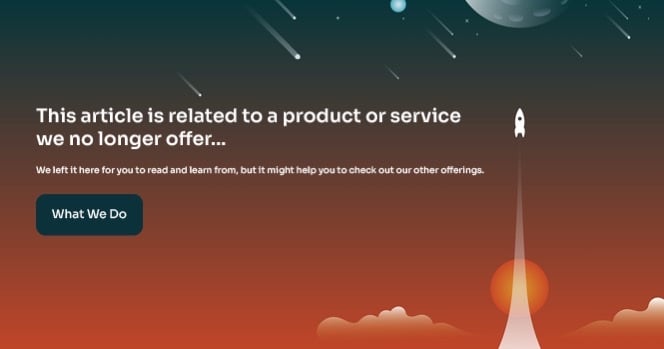

The WICD tool is a part of the Windows 10 ADK and can be downloaded here.
After installing and launching the WICD tool, you can then proceed to start creating provisioning package.

Next we can select “New Provisioning Package” and go through the short wizard to create your provisioning package. (On the “Choose which settings to view and configure” page I selected “Common to all Windows Desktop editions”.)
Once you are in the editing tool, you can expand runtime settings, and configure whatever settings you would like to apply. (In the video below we review creating new local user accounts as a demonstration.)
Once we have finished configuring our settings, we can save and then export our project. Once we have saved our project we can take a look at the output files.

You will see in the output location that we have a .ppkg file. This is going to be the file that we want to make available to our Windows 10 clients to let our users install. If we take a quick look inside the Customizations.xml file, we can see that it contains the information we are applying inside of our ppkg file. (This is a good example of why you would choose to encrypt a provisioning package.)

Once we have copied the .ppkg file to our Windows 10 device and run it, we should see a similar notification stating that a provisioning package is going to be applied.

This should run very quickly. Once it completes, your new settings will be in place. This may require a reboot depending on the settings that are being applied.
If you would like to see all of this in action, please take a quick look at the video and I get into a bit more detail.
These Stories on Microsoft